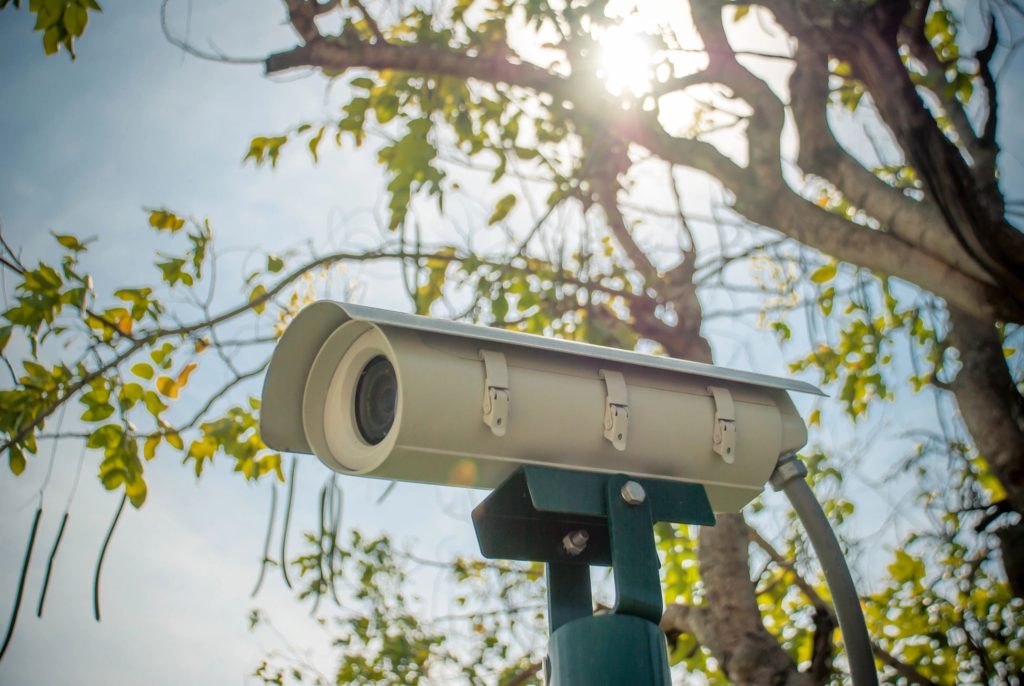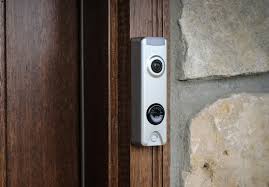A recent shocking home-invasion homicide, in a normally quiet and safe neighborhood, was solved with the aid of a potentially new element of crime prevention through environmental design (CPTED). This may have sparked an evolution in CPTED at the home and in neighborhoods.
Crime Prevention Through Environmental Design
CPTED is a unique approach to preventing crime by designing specific features of physical structures and the surrounding environment for the purpose of deterring, reducing and eliminating an offender’s ability and motivation to engage in illegal acts. This philosophy is aimed at reducing the prevalence and fear of crime, thereby increasing citizens’ overall life satisfaction. This approach relies upon four main principles:
- Developing a defined territoriality of structures and areas separating public and private, legal and illegal, individuals and activities which is aided by a collective sense of community.
- Utilizing physical features, structures, actions and people to maximize natural surveillance visibility where individuals have a sense of being seen and watched.
- Incorporating public and private restrictions and barriers for the natural access control of all forms of traffic.
- The image and aesthetic care of physical structures through regular maintenance to give the impression that areas and structures are constantly attended to.
The Use of CPTED and CCTV in Residential Areas

The use of closed circuit television (CCTV) is often used in business, commercial or public spheres in order to deter or prevent crime; and even aid law enforcement in apprehending criminals.
CPTED has also expanded into the development of residential communities and neighborhoods, though it is not a relatively new occurrence. CPTED strategies can be seen in the development of street patterns, street lighting and sidewalks to enhance natural access and control. Even family homes and other residences are built with CPTED in mind with the highly visible and well-lit doors for natural surveillance, landscaping for natural access controls and front porches for designating territoriality.
In many cases, CCTV is incorporated into the CPTED strategy in order to enhance and bolster natural surveillance or access control features.
However, there is a newer phenomenon that may change the way in which CPTED is utilized in residences and neighborhoods.
This recent home-invasion homicide was a unique case in the use of CCTV-like technology at residential homes; in that video footage from three neighbors of the victim aided police in a quick arrest and resolution to this crime. But it was the specific video feature used at these homes which is of great interest.
The use of Doorbell Cameras, which have become popular through the evolution of security systems, is a modern version of CCTV. This is the same technology that helped police solve this recent home invasion homicide.

A traditional example of the use of CCTV’s in CPTED involves the use of security guards monitoring entrances through live camera footage as part of natural surveillance. Another popular example aids in the natural access control when potential criminal offenders are deterred by working cameras posted at designated areas. These concepts can now be translated to the residential homes in new ways:
- Doorbell camera motion detection features can send users instant alerts and recordings of individuals entering their property and approaching the home.
- Any approved user of these cameras can view live footage of their property through their cell phones anytime they choose, from any physical location.
- Microphone features in the doorbell cameras allows users’ cell phones to serve as an outdoor speaker system giving them the ability to talk to would-be visitors, whether the user is at home or not.
- Camera footage can be saved on a cloud drive for future viewing, sharing or examination.
As a result of these features, this unique and relatively newer form of CCTV can potentially enhance aspects of CPTED in residences and neighborhoods. Specifically, natural access control, natural surveillance and territoriality can be bolstered as described below.

Natural Access Control
The doorbell camera enhances natural access control through the speaker features. Users can speak to potential offenders to alert them that they are not welcome and need to leave the premises once they are instantly detected on the property. This form of CPTED can also be enhanced with an illumination feature of the doorbell camera, by which the camera lens lights up on the doorbell once motion is detected. This automatic illumination of the device can serve to deter activity on the property, and possible nefarious actions.
Natural Surveillance
The element of natural surveillance is present with the use of the motion detection features allowing instantaneous alerts of individuals on users’ property, along with the live viewing of activity on the property through cell phones. The use of doorbell cameras can enhance natural surveillance in the community by allowing users to also view their neighbors’ property within the detection range of the camera. In addition, natural surveillance is enhanced in the overall community each time a user’s neighbor adds this security feature to allow more viewing capability of more homes in the neighborhood.
Territoriality
In a more creative sense, these doorbell cameras are sophisticated enough to reinforce territoriality when users set their motion detection features at specific distances, heights and angles in order to detect motion as individuals immediately enter their private domains. For example, users can set their motion detection to begin alerting at their curb, the edge of their driveway or property lines. So, once individuals enter this motion detection zone, users can immediately begin speaking to these persons as a warning to trespassing thus separating private and public areas. Theoretically, multiple residents in a neighborhood and community can build a sense of territoriality by proxy through sharing their video footage on social media and discussing instances and trends of unusual, mischievous and even offending behaviors. This would help create a virtual network of closely-knit communities which can further work to reinforce their private property and structures, and to reduce crime.
Improving Mental and Emotional Health
The use of CCTV’s has been shown to reduce the public’s fear of crime knowing that constant visibility is present to both deter and detect criminal actions. This lower level of fear has been scientifically shown to improve the emotional stability of the community which can also encourage more outdoor activity. As strange as it sounds, CCTV’s can improve the mental and physical health of the residents of the community. Theoretically speaking, the more doorbell cameras that are used throughout neighborhoods and communities; the more a sense of security can be felt which can also lead to the same types of crime fear reduction and increased emotional and physical health.
Evolution of CPTED
As the popularity of these doorbell cameras, along with public knowledge and awareness of them, continues to increase; so too will the ability to deter, prevent and detect crimes in homes and neighborhoods which could reinforce positive emotional and physical health. This could also lead to an evolution in CPTED design, in that builders and architects of residential homes and neighborhoods could begin to include preinstalled doorbell cameras based on their understanding of the overall implications of the doorbell camera’s use and value.
So, to ask the question again…
is it time to ring in a new form of CPTED through doorbell cameras?
